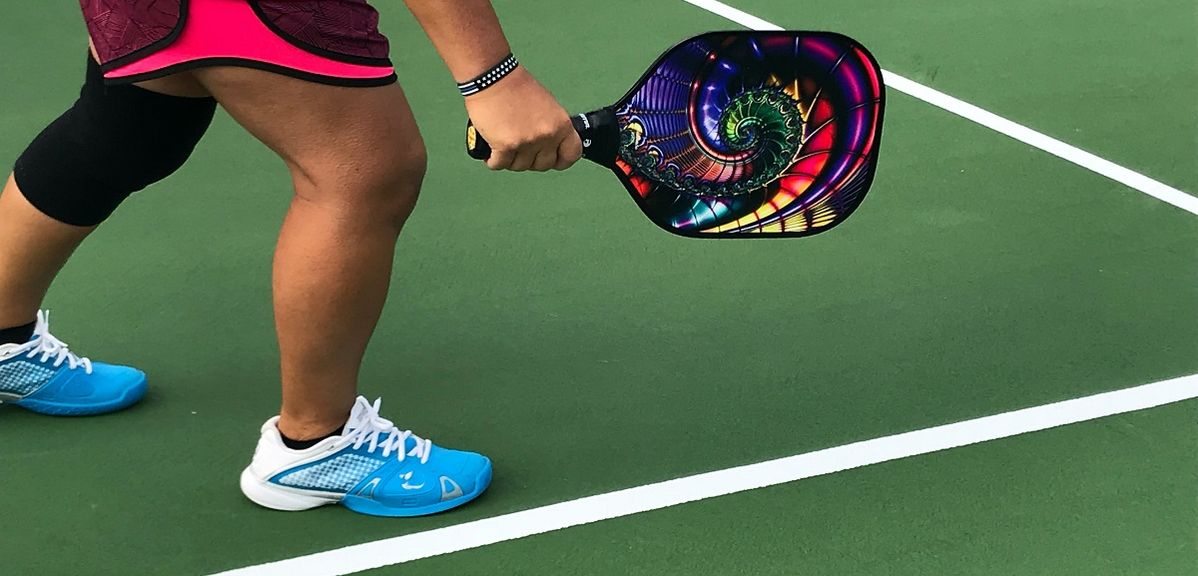
For many in the Northern Hemisphere, this is the time of year when outdoor courts close down. Everyone you usually play with is busy, and the nearest indoor court may be booked or closed around the holidays. But can you play pickleball by yourself?
Yes, in a sense. There are plenty of solo pickleball drills which can help you accelerate your skills across multiple techniques.
In fact, running through pickleball drills by yourself is probably something more intermediate players should consider doing. There's a trend where players around the 3.5 rating tend to get stuck in habits that elevate them above pickle newbies, but stagnate their aspirational play.

Practicing alone eliminates distractions and takes advantage of otherwise-unusable time. Here are a couple you can run any time.
A Wall Drill to Keep You Humble
Want hands softer than clouds? Enhance Pickleball has a wall drill that couldn’t be simpler. The object is to stop a ball with your paddle without sending it flying.
Step One: hit a ball against the wall while standing a few paces away.
Step Two: on its return, stop the ball on your paddle with a slight bounce.
Step Three: hit the ball towards the wall again, speeding it up slightly.
Rinse. Repeat. Looks easy, right?
For advanced players, the ability to slow the ball down and maintain control should be second nature. But we all struggle to do that sometimes, especially when the ball has pace on it.
This drill will keep you humble the harder you hit it against the wall.
Buckets!
Let's say you do have access to a court, but still nobody to practice with. While most players would take this opportunity to practice their serve, it's also a good time to practice dink and drop placement.
Bring a bucket with you, set it up at a 45 degree angle at the kitchen line, and try to land balls in it from varying spots on the opposite end of the court.
Read Next: The Kitchen Sweep: A Pickleball Volley Drill for Speed-Ups
It's important to eliminate the bad habit of hitting dead dinks and drops: those shots you place right over the net once the volleys begin. Every dink and drop should have a purpose, and usually, that involves forcing your opponent back instead of encouraging them to move forward.
Once you learn how to accurately place a ball at that sweet spot right on the NVZ line, you'll be able to put it there more easily, even when the ball starts gaining pace in a rally.
We send our newsletter subscribers valuable pickleball tips like these three days a week. Up your game by subscribing now:

Love Pickleball? Join 100k+ readers for free weekly tips, news & gear deals.
Subscribe to The DinkGet 15% off pickleball gear at Midwest Raquet Sports









